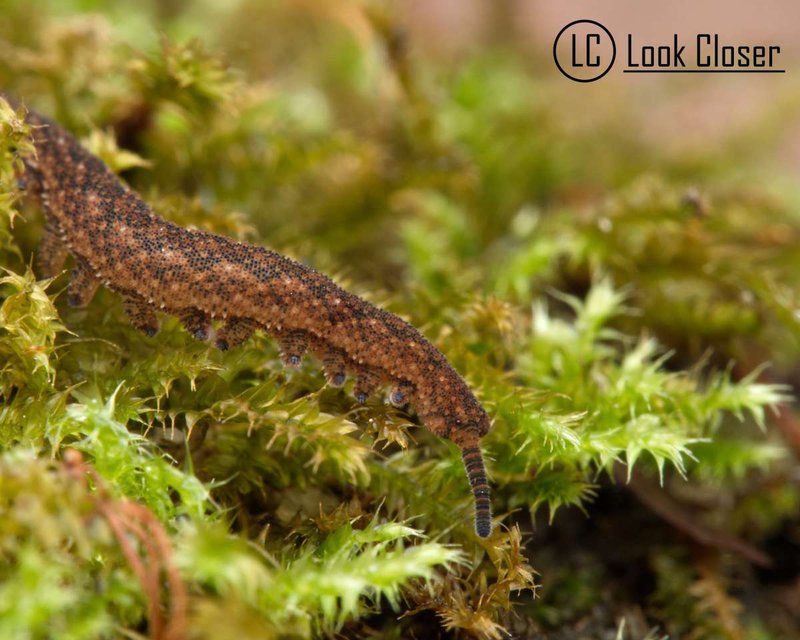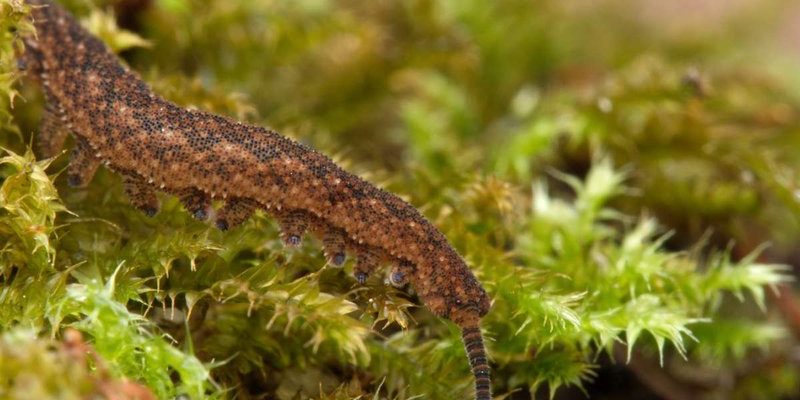
So, why are velvet worms primarily nocturnal? The world they inhabit is full of predators, and being active at night allows them to avoid getting eaten. This behavior, combined with their interesting adaptations, makes them a perfect example of how nature finds clever ways for survival. In this article, we’ll dive deep into the nocturnal activity patterns of velvet worms, exploring their behaviors, adaptations, and how they interact with their environment.
Understanding Velvet Worms: A Quick Overview
Velvet worms are soft-bodied, segmented animals that can be found in tropical and temperate environments around the globe. They can be quite large for worms, with some species reaching lengths of up to 10 inches. Their bodies are covered with a velvety texture, hence the name. These creatures might look like a cross between a caterpillar and an insect, but they’re actually more closely related to snails and octopuses!
One of the unique features of velvet worms is their slime production, which they use for hunting and defense. When threatened, they can shoot a sticky slime out of specialized glands, effectively capturing unsuspecting prey. This adaptation not only aids in capturing food but also keeps them safe from predators.
You might be wondering how their nocturnal habits play into all of this. Well, as primarily nocturnal creatures, velvet worms have developed certain traits that help them thrive in the dark. Their senses are fine-tuned for low light, and their movements are often stealthy, allowing them to hunt without being spotted.
When Do Velvet Worms Hit the Streets? Timing Their Nocturnal Activity
Now, let’s get into the nitty-gritty of when velvet worms come out to play. Generally, these worms are most active during the night, which can begin anytime after sunset. Depending on the specific species and the environmental conditions, peak activity often occurs just after dusk and can last until dawn.
During the night, velvet worms tend to roam around in search of food. They thrive in humid environments, which makes nighttime a perfect time for them to explore. They often emerge from the shelter of leaves, logs, and other debris to hunt for insects and other small critters. This nocturnal lifestyle not only protects them from daytime predators but also takes advantage of the cooler and more humid conditions night provides.
Interestingly, their activity can vary based on temperature, humidity, and even moon phases. For instance, on particularly humid nights, you might find them wandering farther than usual. If you’re looking to catch a glimpse of these amazing organisms, consider heading out right after a rain shower when they’re most likely to be active!
Adaptations to Nocturnal Life
So, what makes velvet worms particularly suited for life at night? Let me explain. Their sensory systems are adapted to function well in low light conditions. They have simple eyes that can pick up on light and movement, helping them navigate their surroundings without the benefit of bright sunlight.
Additionally, their body structure plays a role in their nocturnal lifestyle. The soft, velvety skin helps them blend in with the forest floor, making it harder for predators to spot them. This is like wearing camouflage—they can sneak up on their prey without being seen.
Moreover, they have a unique way of hunting. As they move slowly and deliberately, they can use their slime to ensnare insects when the moment is right. This hunting strategy is not just effective; it’s also a fascinating display of nature’s ingenuity. You might even say that velvet worms have mastered the art of patience!
Hunting Techniques in the Dark
When it comes to hunting, velvet worms have developed some amazing techniques. As they slink along the forest floor at night, they rely heavily on their ability to sense vibrations and smells in the air. Their chemoreceptors allow them to detect chemical signals from potential prey nearby, giving them an edge in the dark.
Once a velvet worm identifies an unsuspecting insect, it uses its slime to capture it. They can shoot this sticky slime up to several inches away, ensnaring their prey effectively. Isn’t that cool? Imagine being able to catch dinner without lifting a finger—pretty ingenious!
After capturing their meal, they use their sharp jaws to consume it. Velvet worms are carnivorous, and they feed on not just insects but also small arthropods. This nocturnal hunting strategy allows them to thrive without direct competition from daytime predators, making their nights all the more productive.
The Role of Environmental Factors
Environmental factors heavily influence velvet worm activity. Factors such as temperature, humidity, and even moonlight can alter their nocturnal behavior. For instance, velvet worms tend to be more active in humid conditions. Higher humidity helps maintain moisture levels in their bodies, which is crucial for their survival, especially since they have soft bodies that can easily dehydrate.
Temperature also plays a significant role. On cooler nights, velvet worms might be more active, while higher temperatures could make them less likely to venture out. You can think of them like us; if it’s too hot or too cold outside, we might choose to stay inside, right?
Additionally, light pollution from nearby cities can affect their behavior. Bright lights can disrupt their natural cycles, making it harder for them to hunt and navigate. Velvet worms thrive best in undisturbed habitats where they can follow their natural rhythms.
Conservation and Future of Velvet Worms
Despite their fascinating adaptations and behaviors, velvet worms face threats from habitat destruction and climate change. As forests are cleared for development, these creatures lose their homes and, ultimately, their chances for survival. Raising awareness about their role in the ecosystem and the need for conservation is crucial.
In some areas, conservation efforts are underway to protect these unique creatures. Understanding velvet worms and their nocturnal patterns can help advocate for their preservation. After all, they’re an essential part of the ecosystem, helping control insect populations and enriching soil health with their waste.
You might be surprised to learn that studying velvet worms also gives scientists insights into evolutionary biology. Their ancient lineage can shed light on how various terrestrial life forms evolved. Protecting them means we safeguard not just a species but also vital pieces of our biological heritage.
Final Thoughts on Velvet Worms and Their Nocturnal Lives
Velvet worms are truly remarkable animals that showcase the wonders of evolution and adaptation. Their nocturnal activity patterns allow them to thrive in a world full of challenges, reminding us of the delicate balance of life. Understanding their habits helps us appreciate these creatures even more, and it underlines the importance of conservation in preserving their habitats.
So next time you find yourself in a humid forest on a warm night, remember that you’re sharing the space with some of nature’s stealthiest hunters. Whether they’re blending in with the leaf litter or shooting slime at their next meal, velvet worms serve as a reminder of the incredible diversity of life around us. Let’s cherish and protect them—after all, they’re part of the wild beauty of our world.

